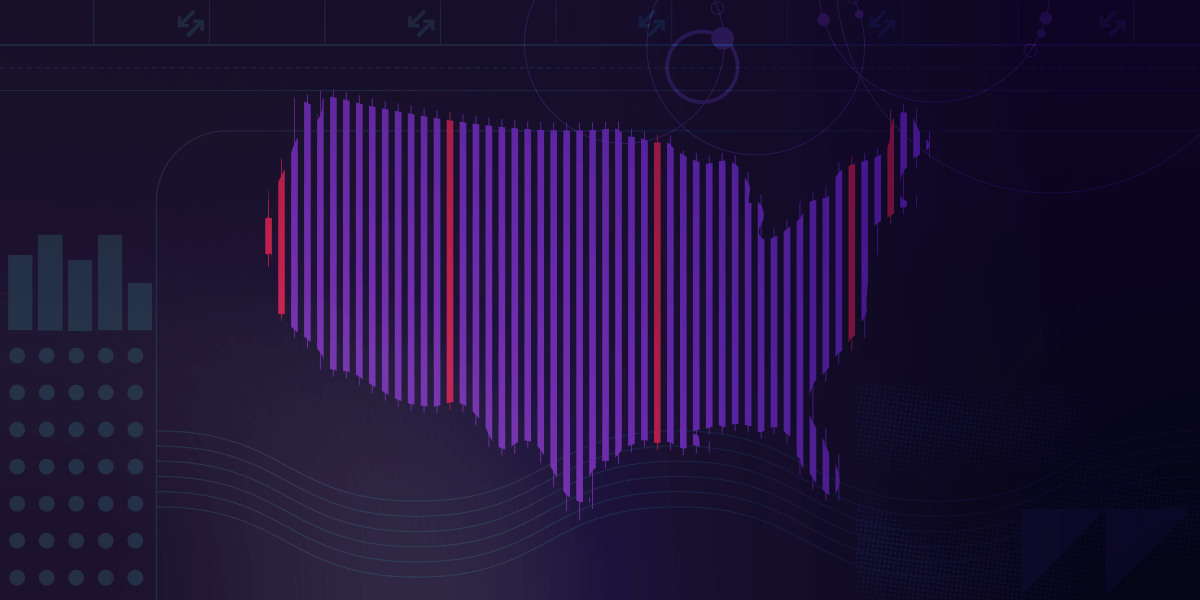A new report from Ookla found that the digital divide increased for 32 states between 1H 2024 and 2H 2024, indicating that much of the broadband expansion is occurring in urban areas instead of rural areas.
Key Takeaways
- The number of states with 60% or more of users experiencing the FCC’s minimum standard for fixed broadband speeds of 100 Mbps downstream and 20 Mbps upstream increased from 10 states in the 1H of 2024 to 22 states (and the District of Columbia) in the 2H of 2024.
- New Jersey, Connecticut, Delaware, North Dakota, and Maryland are the top five states with the highest percentage of Speedtest users with 100/20 Mbps.
- 32 states saw their digital divide increase between the 1H of 2024 and the 2H of 2024 and 17 states saw their digital divide decrease.
Many U.S. states made sizable gains in their broadband infrastructure during 2024 and much of that growth was fueled by private equity financing, mergers and acquisitions, capex investments, and government funding.
According to Ookla Speedtest Intelligence® data, the number of states in the U.S. delivering the minimum standard for fixed broadband speeds as designated by the Federal Communications Commissions (FCC) of 100 Mbps downstream and 20 Mbps upstream is growing. In fact, in our latest U.S. State Broadband Report, we found that states with 60% or more of Speedtest users receiving 100/20 Mbps dramatically increased between the first half and the second half of 2024.
However, that increase didn’t result in sweeping improvements to the digital divide. Instead, 32 states saw their gap between the percentage of urban users and rural users that receive the minimum required broadband speeds grow during this time period. Ookla uses the Census Bureau’s urban-rural classification to determine which users are urban vs. rural.
New Jersey is No. 1
Seven states now have 65% or more of Speedtest users experiencing the FCC’s minimum standard for broadband of 100/20 Mbps. New Jersey is No. 1 with 68.97% of Speedtest users experiencing the FCC’s minimum requirement followed closely by Connecticut with 68.35%. Delaware moved up from the No. 5 slot in the first half of the year to the No. 3 ranking in the second half of 2024.
On the opposite end of the spectrum, Montana and Alaska have fewer than 40% of Speedtest users that receive the minimum broadband speeds of 100/20 Mbps so it’s no surprise that Montana and Alaska are also two of the least densely populated states in the country.
Digital Divide Grows
While the number of states with 60% or more of users experiencing 100/20 Mbps more than doubled from the first half of 2024 to the second half of 2024, it appears that much of that progress occurred in urban areas because the digital divide, which is the gap between urban and rural users in a state, became much more prominent in 32 states during that time period.
Washington state leads the nation with the biggest digital divide in the second half of 2024 and it was also at the top of the list in the first half of the year. Oregon and Illinois are also top states with the biggest digital divide in the second half of the year.
The lack of affordable broadband is known to exacerbate the digital divide and some of this increase in the digital divide is likely due to the demise of the Affordable Connectivity Plan (ACP), which provided discounted broadband services to more than 23 million low-income U.S. households. The FCC ended the ACP program on June 1, 2024, because of a lack of Congressional funding.
Download the Full Report
To find your state’s standing and how it compares to the other 49 states in broadband connectivity, download this free report here.
Ookla retains ownership of this article including all of the intellectual property rights, data, content graphs and analysis. This article may not be quoted, reproduced, distributed or published for any commercial purpose without prior consent. Members of the press and others using the findings in this article for non-commercial purposes are welcome to publicly share and link to report information with attribution to Ookla.

